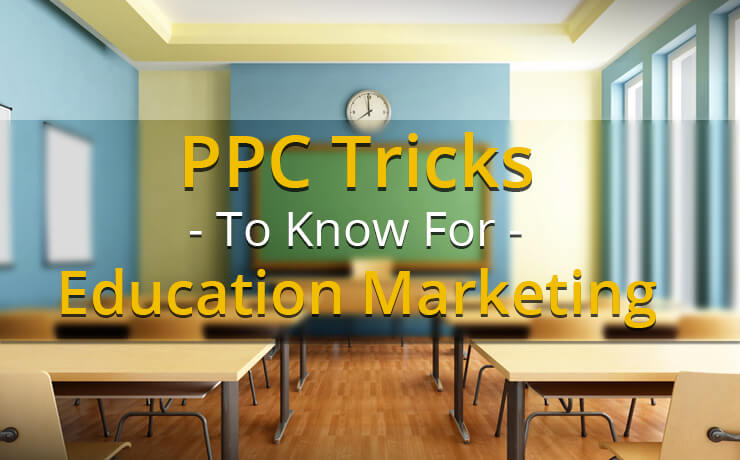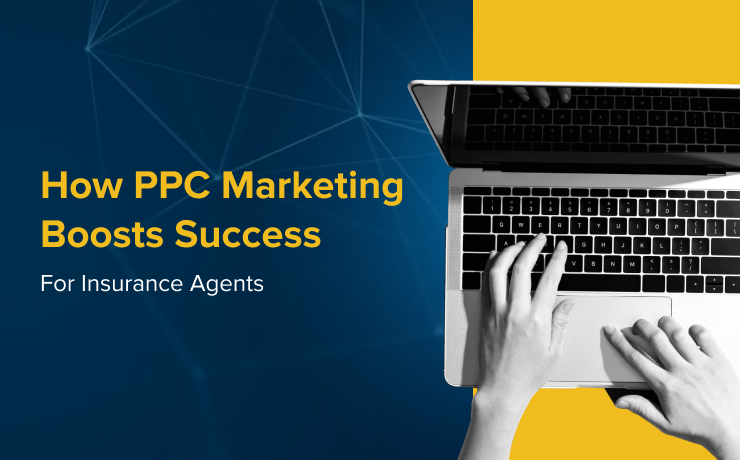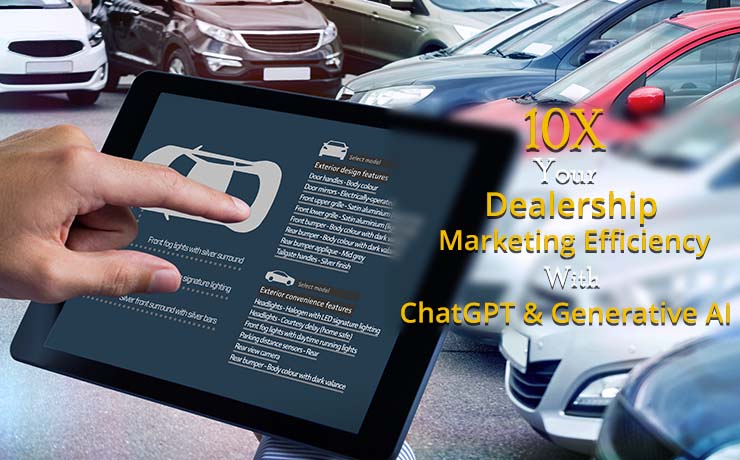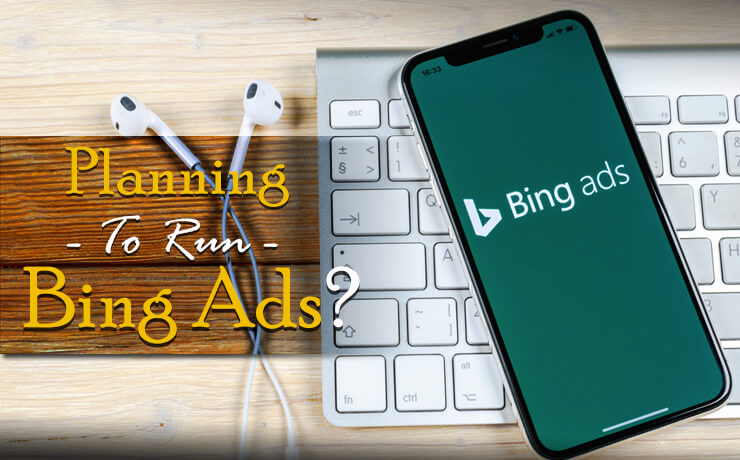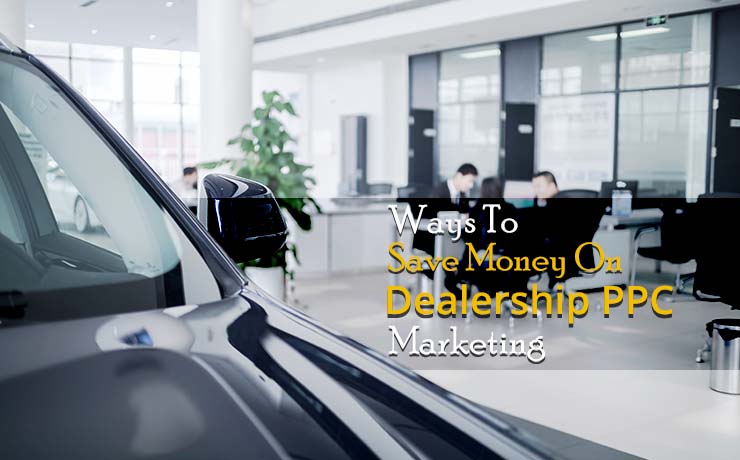
As we close up 2022 and enter 2023, the good news is that PPC marketing, specifically search marketing (Google Ads, Microsoft Ads and etc.), continues to perform very well. In a world of chasing user attention, search marketing continues to be one of the few avenues of pull marketing. In other words, instead of forcing banners on audiences that you think might be interested, search marketing allows you to show your targeted ad to those already looking for the cars you sell, your type of dealership, and more.
Now for the bad news – paid search marketing, dominated of course by Google Ads, continues to become more and more expensive. The cost per click (the way you pay for ads on Google), has increased significantly every year since it was launched. And no, it’s not Google just trying to take your money. Google (and other paid search platforms like Microsoft), operates as an auction model. Your ranking on paid results is determined by the most money you’re willing to pay per click. The way Google charges you is not the max CPC that you select, but actually by charging you just a penny more than the person below is willing to pay for that click. In other words, advertisers with the winning bid paid 1 cent more than the runner-up.
Google’s success is unfortunately the reason why prices continue to increase as more and more funds are being moved to Google Ads, causing the price per click to increase for everyone. As certain as I was that this year’s CPC’s will be more than last, I’m certain that next year will be even higher, and the year after… even more. However, that doesn’t mean Google Ads is not worth investing in; in fact, paid search (along with organic search) continues to be the best investment you can make in driving visitors, leads and ultimately sales to your auto dealership.
However, that doesn’t mean you need to spend a fortune! There are some great ways to save money on your dealership PPC marketing campaign. I will cover this in more detail in my upcoming book: Automotive Search Marketing Secrets. But I’ll also highlight some of the more important tips here:
Conversion Tracking & AI-Driven Smart Bidding
Google Ads gives you access to very sophisticated AI-driven machine learning bidding strategies to help you bid more efficiently and save money. What this does is allows Google to use data to bid more for people more likely to convert and less for those that won’t. While your cost per click might not necessarily decrease, your cost per lead and per sale will. However, to make use of machine learning, you need to make sure you’re capturing all of your conversion values.
Go through your website with the mindset of “what actions on the site should count as conversions to my dealership”. Some great lower funnel ones are finance application page, trade-in form, new car lead, used car lease, contact form, live-chat start, phone call, service scheduling, etc. For an upper funnel, something like a VDP is as far as I’d go (SRP’s are too upper funnel).
Once you have established all of your conversions, you need to set them up in Google Ads and assign values to them. In 9 out of 10 cases, dealerships end the process at just setting up the conversions – without assigning values. Without values, Google will treat a VDP conversion the same as a phone call – which is obviously not the case. Ideally, you’d want to assign dollar values – for example, what is a phone call lead worth to you? $100? If you don’t have dollar values for all of the conversions, you can use ratios: if a VDP is 1, a phone call would be 100 (worth 100 times more). With this, Google’s algorithm will make sure to bid correctly based on the expected conversions, saving you money.
Not Bidding on Your Own Dealership’s Name
Don’t bid on your dealership name! In most cases, your competitors aren’t allowed to bid on your name – so you don’t really have a reason to bid on it yourself. Try doing a Google search for your business name and see what comes up. If you’re the only one bidding on it, you can probably stop or lower the amount you spend on that. Bidding on your own name can often “goose” results, making conversion rates look great – however, you’re just paying for clicks that were already going to click to your site from your organic or GMB (now GBP) listing! I’ve seen some agencies spend as much as 80% of the total budget bidding on their own dealership name.
Set Bid Caps
While I have full trust in Google’s machine learning algorithm, it’s not perfect and can sometime bid very aggressively for a click that might never be ROI positive for you. For example, no matter how high Google sees the propensity of a user searching something like “Mercedes-Benz wiper blades”, you might not want to spend something crazy like $50 per click on that search term since you will never be profitable on it, even if they do buy wiper blades from you!
While most of Google’s machine-learning strategies discourage setting bid caps, you can still do so by creating portfolio bid strategies and setting them at the portfolio level. Just to keep Google in check, you might want to set something like $10 CPC limit on most campaigns (or maybe even lower depending on what your average cost per click is).
Add Negatives on an Ongoing Basis!
Google continues to go broader and broader with keyword bidding. Even if you’re bidding for phrases, Google will automatically bid on similar or related phrases in an effort to get you more traffic. This can often lead to bidding (and paying for!) unrelated keywords. For example, just because you’re bidding on a new “Porsche 911” doesn’t mean you want to pay for someone searching for a “Porsche 911 watch” or a “Porsche job working on an a 911”. Make sure to review your search terms and set negatives on a monthly basis (and more often if you can!). This will make sure to trim the wasted spend while at the same time improving your campaign metrics.
Always Experiment, Test and Improve!
Managing your paid search campaigns isn’t a “set it and forget it” task. You always want to be experimenting with new ad-copy, new ad-types, new campaigns – and even new platforms (like Microsoft Ads). The best path to improvement (and thus getting more results for less spend) is to continually monitor, analyze, test and optimize. Ready to spend less on PPC ads? The above five tips should be a great way to get started but of course is not the end-all-and-be-all. Always engage with the marketing agency or person who’s running your PPC Ads. The most successful PPC campaigns are a two-way conversion and partnership between the dealership and the agency/person running them. When both strategies work together, you will always get the best results and spend less on your car dealership marketing campaign.
 Free
Consultation
Free
Consultation Free
Google Ads Audit
Free
Google Ads Audit

